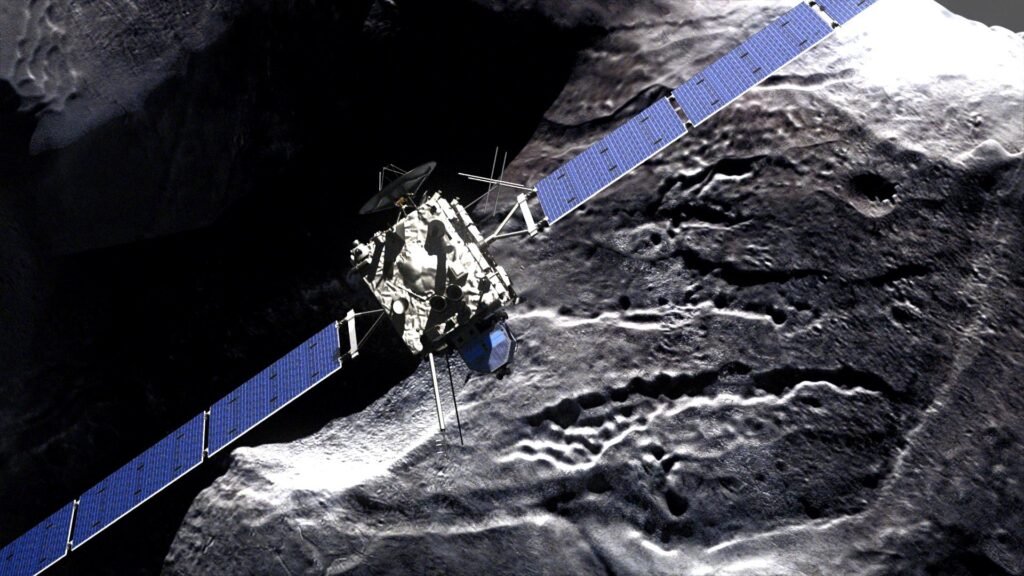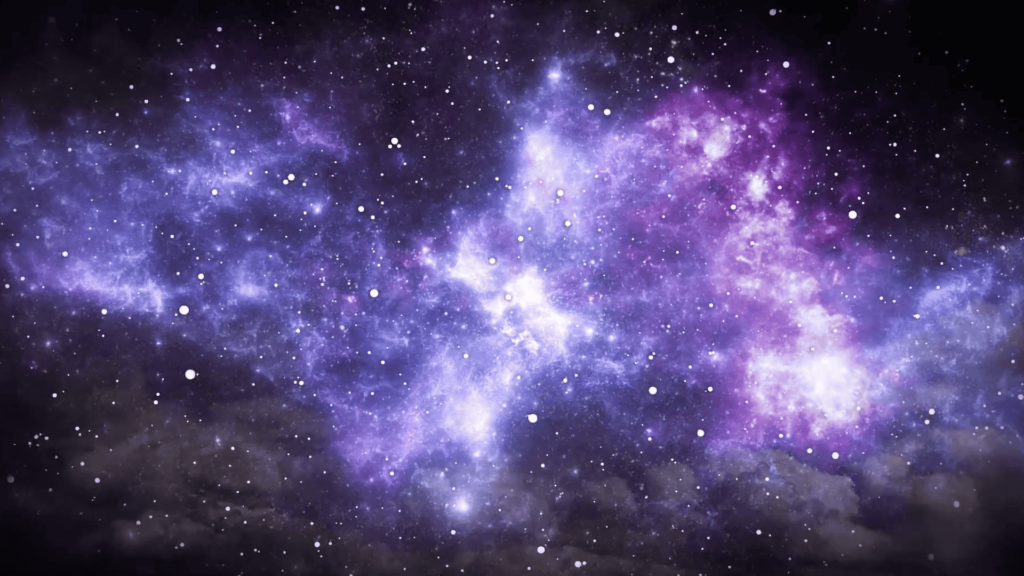What if part of the answer to life’s origins lies drifting in the cold darkness between planets? Imagine a world so ancient and untouched that every icy grain holds secrets from the dawn of the solar system. In 2014, the European Space Agency’s Rosetta spacecraft reached comet 67P/Churyumov-Gerasimenko, embarking on a cosmic adventure that would rewrite what we know about comets, water, and even the seeds of life. The discoveries were stunning, sometimes bewildering, and often left scientists grinning in disbelief. This isn’t just science—it’s a detective story written across billions of years, told by one of the strangest objects ever visited by humanity.
Rosetta’s Daring Voyage: Chasing a Cosmic Time Capsule
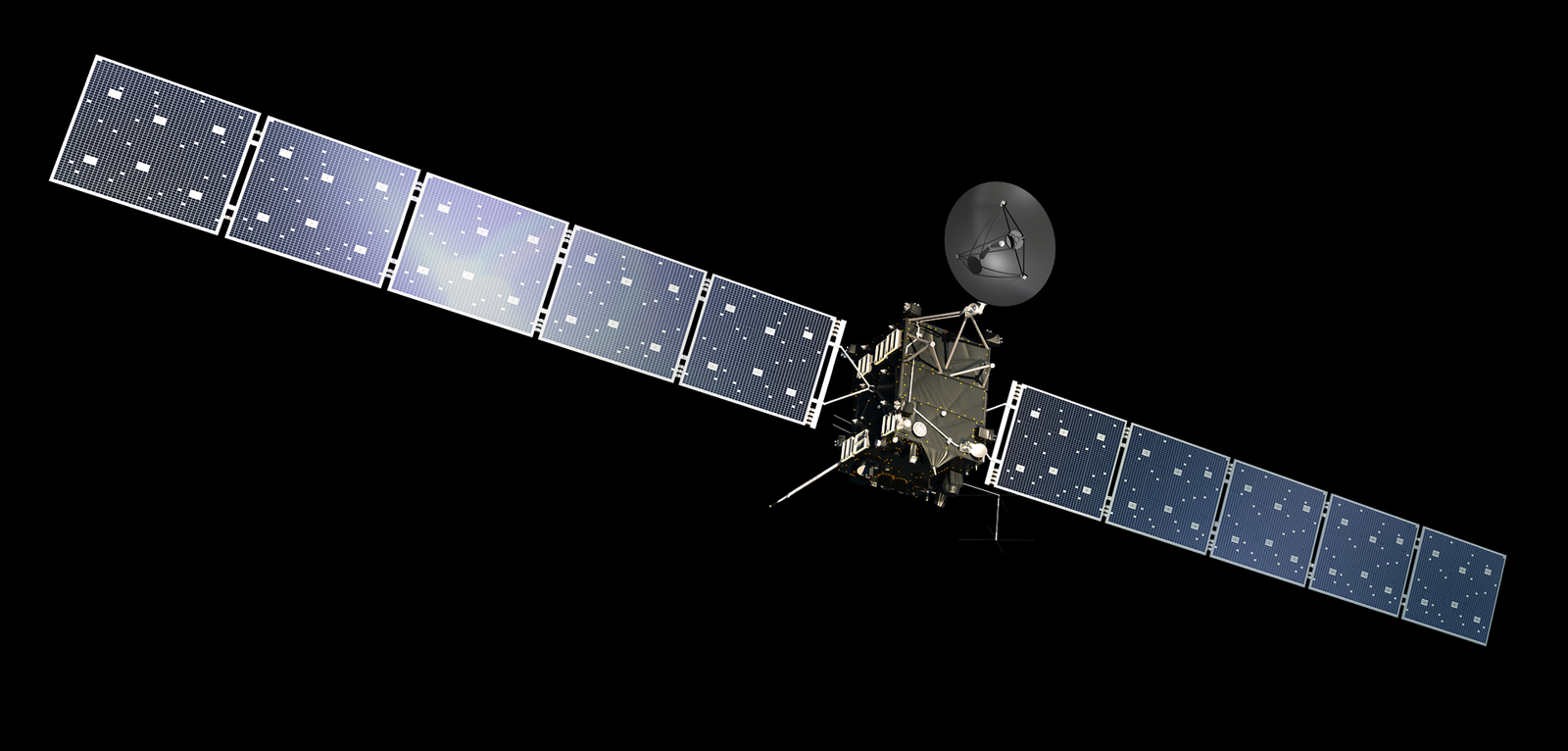
Rosetta’s journey was nothing short of audacious. Launched in 2004, it spent a decade slingshotting around planets, gaining speed and precision for its rendezvous with comet 67P. The goal was both simple and wildly ambitious: land on a comet, study its makeup, and watch what happens as it awakens near the Sun. As Rosetta finally caught up with 67P in August 2014, it became the first spacecraft to orbit a comet’s nucleus. The mission was like trailing a time traveler from the early solar system, hoping to catch a glimpse of stories frozen for eons.
Meeting 67P: A Comet Unlike Any Other
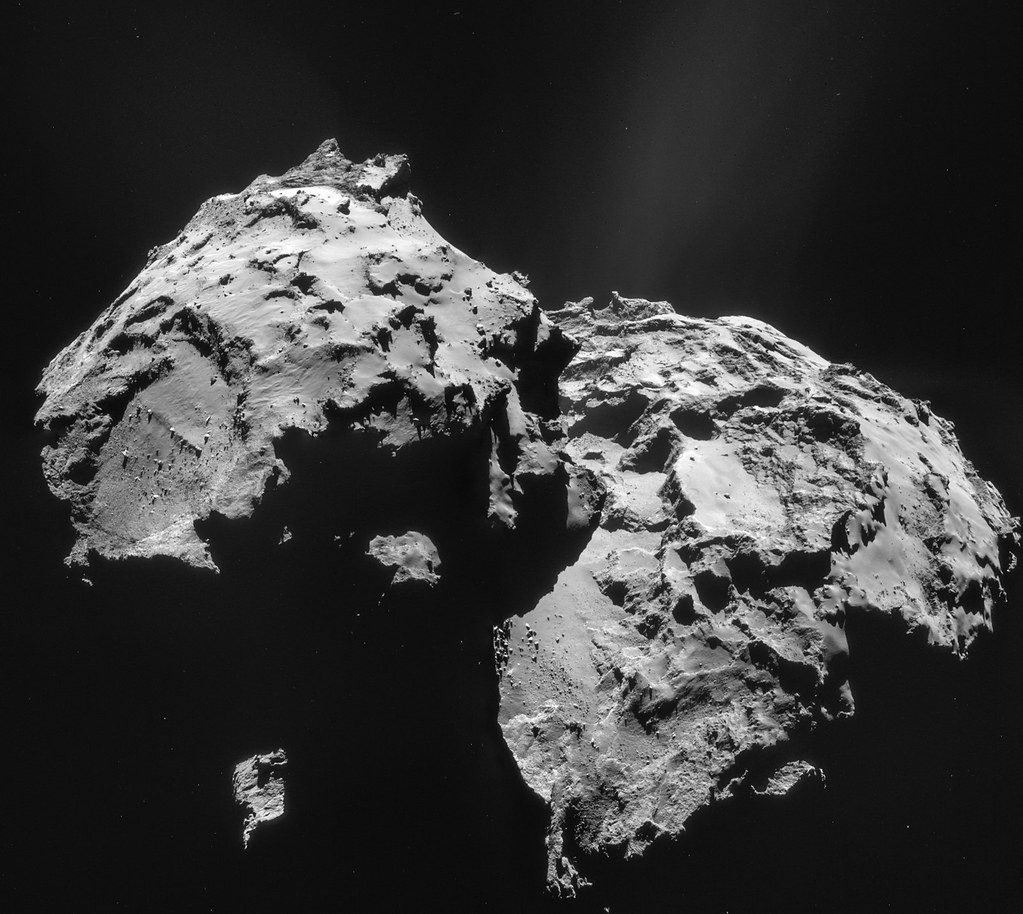
When scientists first saw detailed images of 67P, jaws dropped. Instead of a simple icy ball, the comet looked like a rubber duck—two lobes connected by a thin neck, battered and pitted by cosmic time. Its surface was dark, almost as black as coal, defying the stereotype of bright, sparkling comets. Every crater and cliff told a tale of ancient collisions and slow erosion. The comet’s bizarre shape suggested it might be a cosmic “double act”—two smaller comets that once stuck together, locked in an eternal embrace.
Touchdown! The Philae Lander’s Heart-Stopping Descent
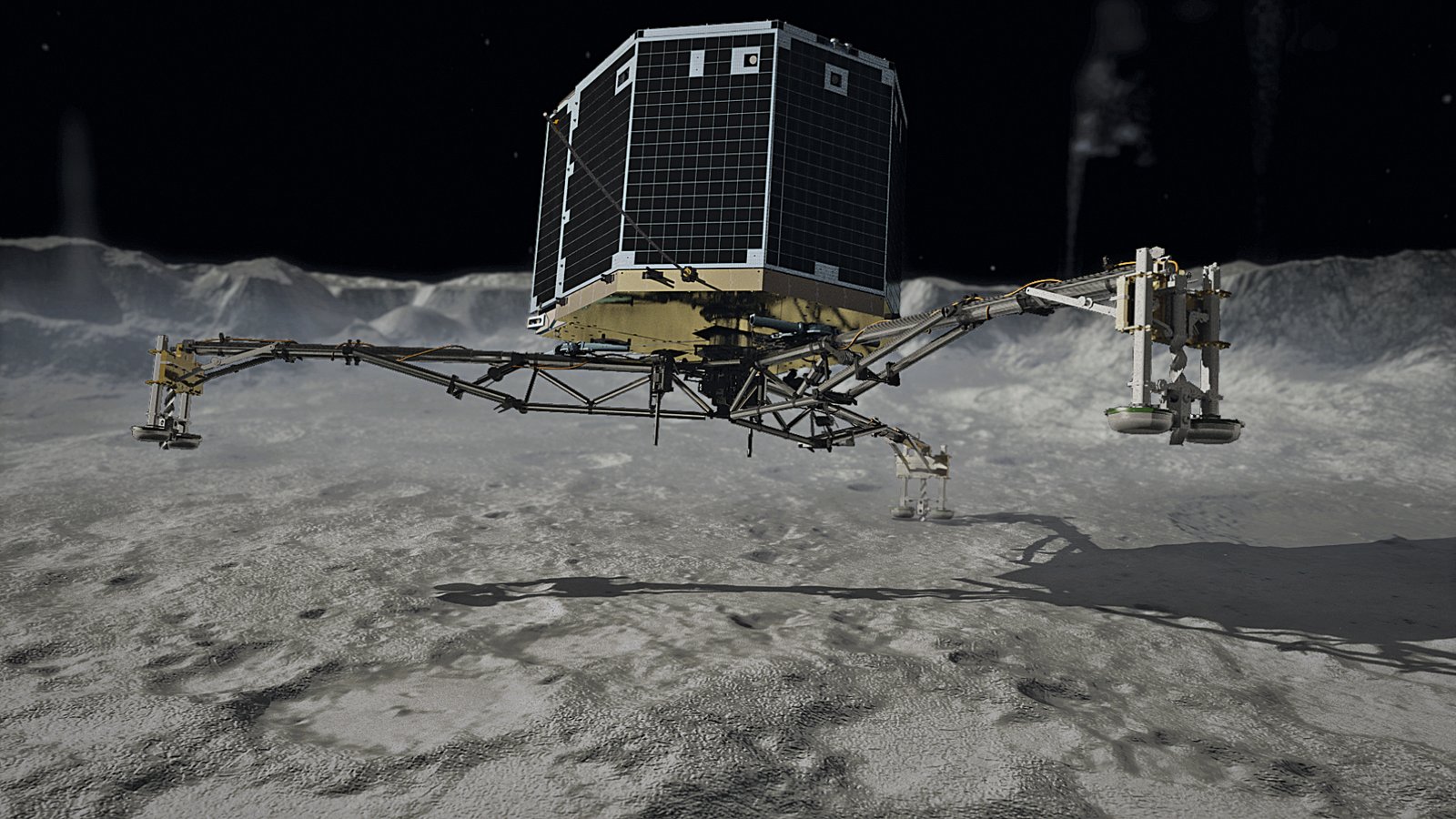
Rosetta carried a tiny lander named Philae, designed for a dramatic drop onto the comet’s surface. The landing was tense, with scientists holding their breath as Philae bounced—twice—before settling awkwardly in the shadow of a cliff. Despite a tricky final perch, Philae managed to send back precious data before its batteries died. The harrowing landing was like a cosmic pinball game, but it paid off with up-close clues about the comet’s makeup.
Cosmic Snowballs: The True Nature of Cometary Ice
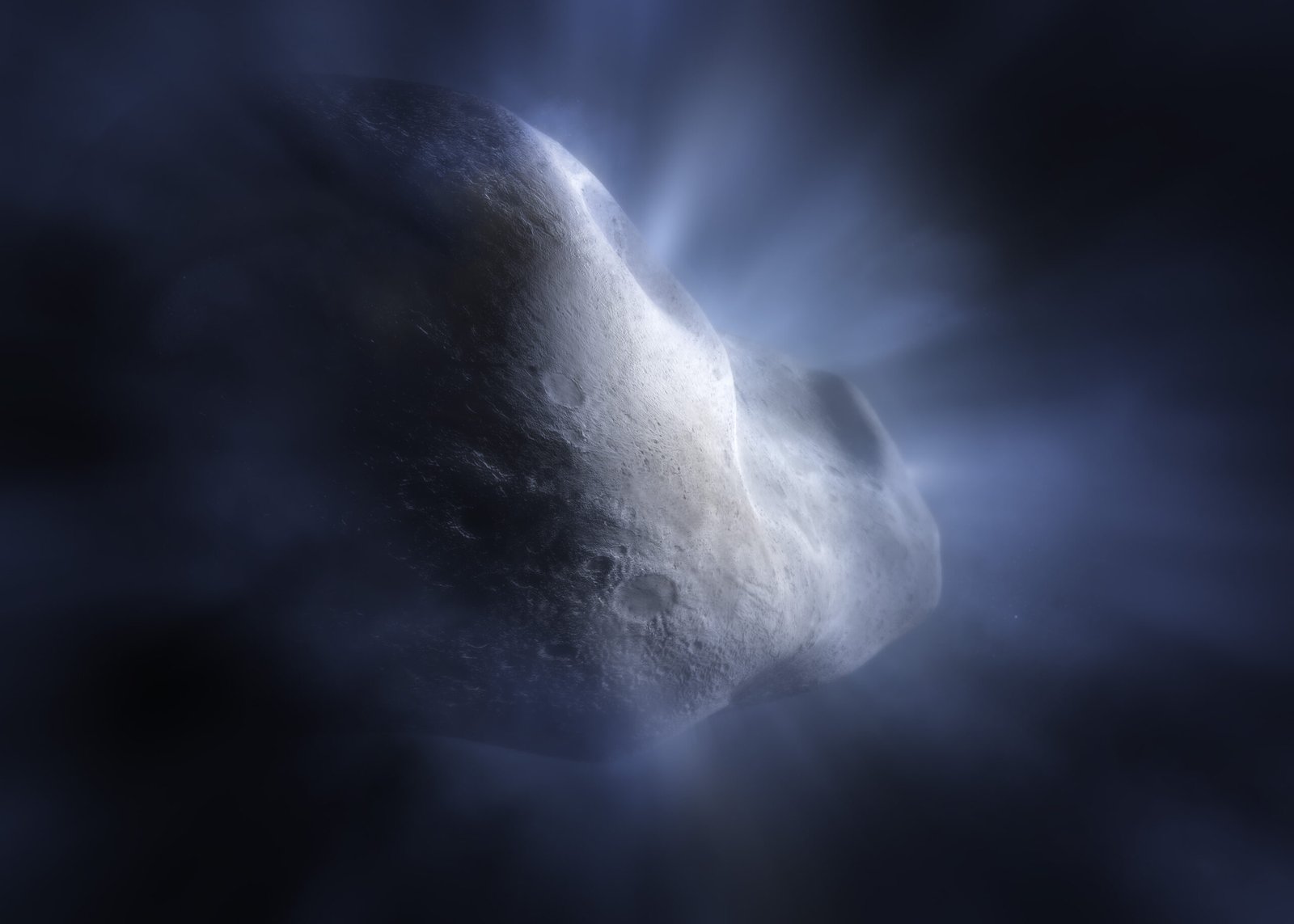
One of Rosetta’s biggest surprises came from the comet’s ice. Instead of pure, fluffy snow, 67P’s surface was a gritty, compacted mix of dust and ice. Some ice was hard and ancient, while other patches seemed fresher, glistening in the sunlight after eruptions of gas. This suggested that comets aren’t just frozen leftovers—they’re dynamic worlds, changing and evolving as they travel through space. The “dirty snowball” image of comets needed a major update.
Water From the Stars: Is Earth’s Ocean Cometary?

For decades, scientists wondered if comets like 67P delivered water to the early Earth. Rosetta carried instruments to analyze the comet’s water vapor as it boiled off. The results were jaw-dropping: the ratio of heavy hydrogen (deuterium) to normal hydrogen was much higher than in Earth’s oceans. This meant that 67P’s water probably wasn’t the main source of our planet’s seas. The discovery forced a rethink of how Earth got its water—maybe other types of comets or asteroids played a bigger role.
Organic Molecules: Cosmic Chemistry at Work

Rosetta’s sensors sniffed out a treasure trove of organic molecules on 67P. These carbon-based compounds are the building blocks of life as we know it. Scientists found simple organics like formaldehyde, as well as more complex ones such as glycine, the simplest amino acid. The presence of these molecules raised a thrilling possibility: comets could have sprinkled the early Earth with the ingredients for life, acting as natural delivery trucks from deep space.
The Smell of Alien Snow: An Unexpected Bouquet
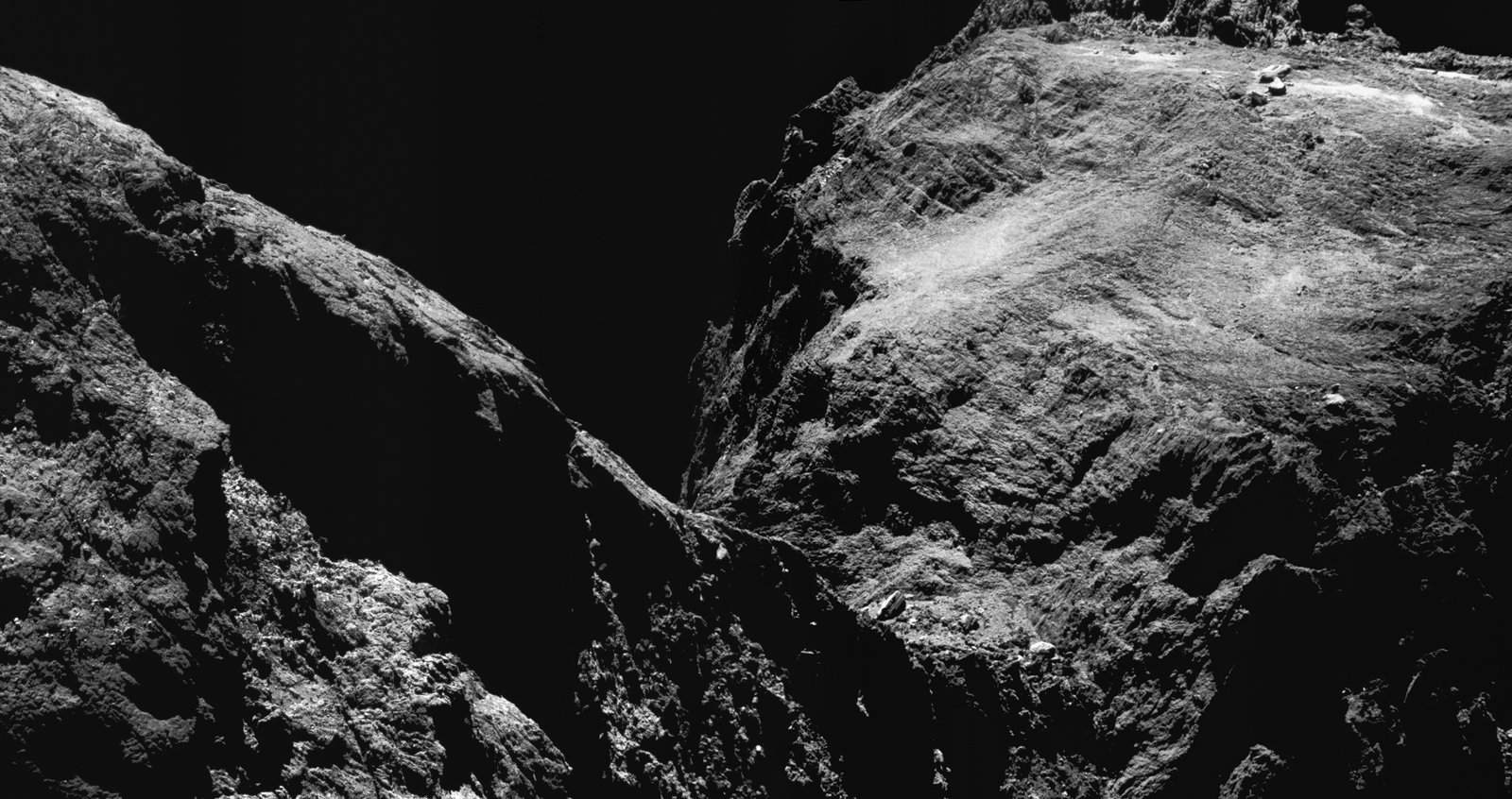
If you could smell comet 67P, you’d probably wrinkle your nose. Rosetta’s instruments detected a pungent mix of chemicals—rotten eggs (hydrogen sulfide), bitter almonds (hydrogen cyanide), and the whiff of a horse stable (ammonia). This bizarre “perfume” is a sign of the comet’s active chemistry. It’s a reminder that even in the coldest reaches of space, strange reactions can brew, creating a cocktail of molecules both familiar and utterly alien.
Dust Devils and Geysers: The Comet Comes Alive

As 67P neared the Sun, its surface erupted in spectacular displays. Rosetta watched as jets of gas and dust burst from cracks and pits, shooting material hundreds of meters into space. Some jets were strong enough to reshape the landscape, carving new features in real time. The comet’s activity was unpredictable—like a sleeping giant suddenly startled awake. These outbursts gave scientists a front-row seat to how comets “shed their skin” on each solar pass.
Alien Landscapes: Cliffs, Boulders, and Sinkholes
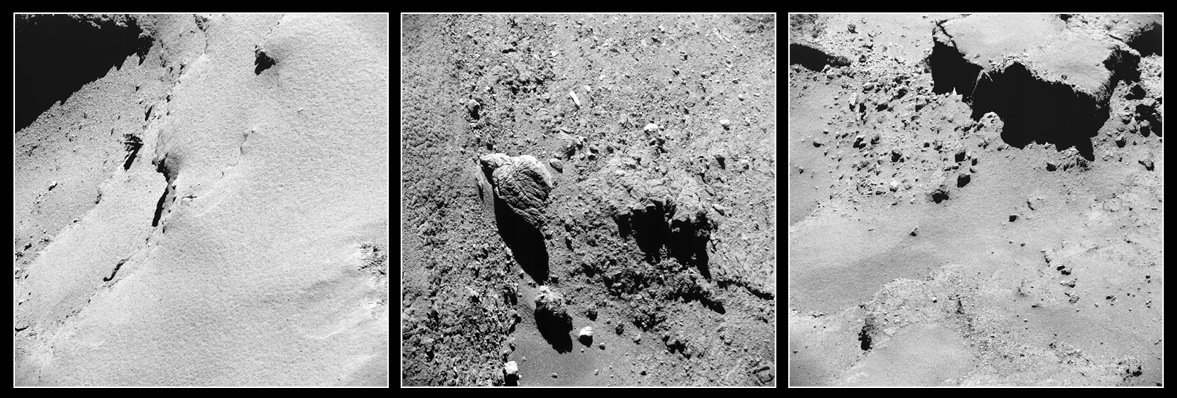
67P’s surface was a geologist’s dream—and nightmare. Immense cliffs towered hundreds of meters high, casting sharp shadows across the dusty plains. Giant boulders, some the size of houses, perched precariously on the edges. Sinkholes yawned open, revealing hidden layers of ancient material. The landscape was both beautiful and deadly, shaped by slow erosion and sudden collapses. It looked like something out of a science fiction movie, but every feature was real.
Sunlight and Shadows: The Comet’s Changing Face

As the comet rotated and orbited the Sun, its surface changed dramatically. Some regions went from bitter darkness to blinding sunlight in hours. This rapid heating and cooling cracked rocks and triggered landslides. Bright patches of exposed ice would fade as they sublimated away. The comet’s surface was a living mosaic, shaped by sunlight’s relentless touch. Watching these changes in real time helped scientists understand how comets evolve over thousands of orbits.
Microgravity Mayhem: Life in a Weak Gravitational Field

Gravity on 67P was almost nonexistent—about 100,000 times weaker than on Earth. This meant that dust and ice could be launched into space with a gentle push. Philae’s bouncy landing was a perfect example of microgravity in action. Even a small movement could send particles drifting for hours. Rosetta’s team had to rethink everything from landing gear to how dust behaved around the comet. It was a lesson in how alien physics can be.
Space Weathering: The Comet’s Battle Scars
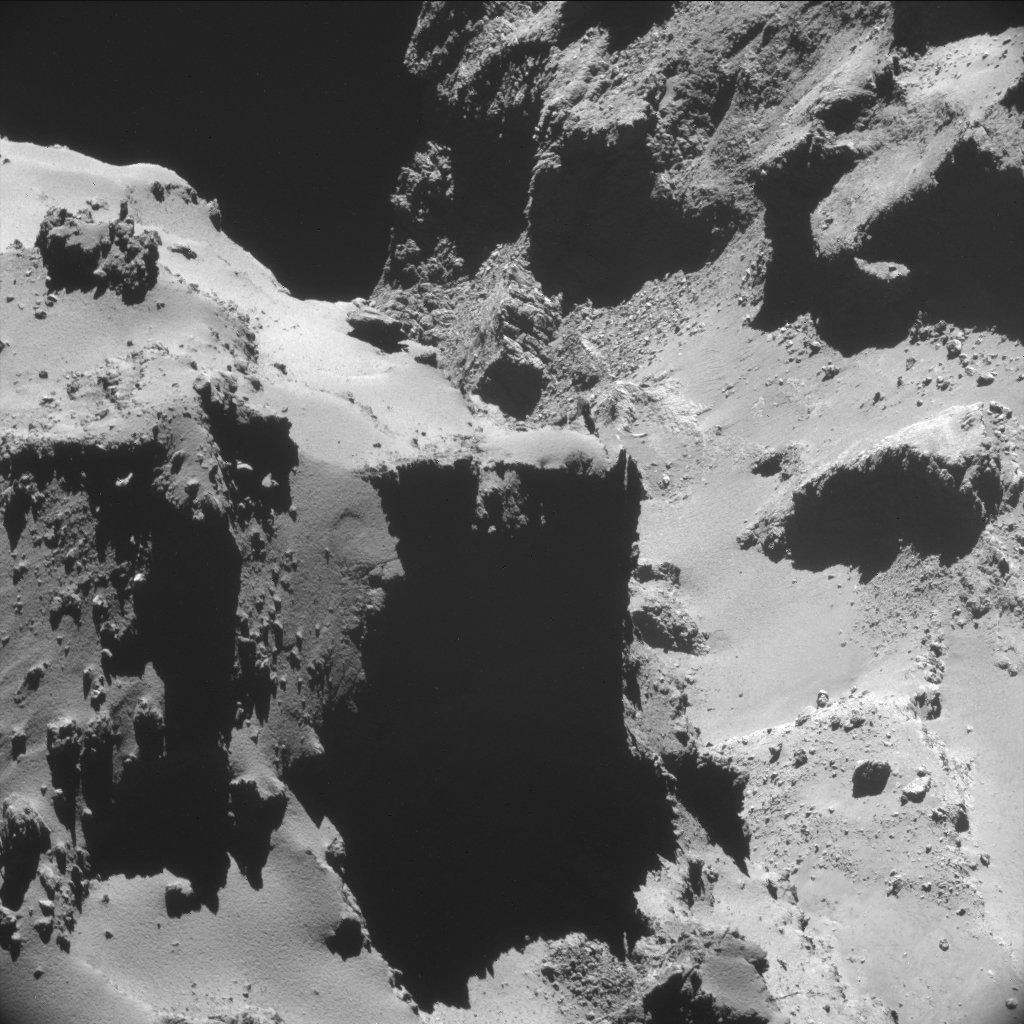
Over millions of years, 67P’s surface has been battered by cosmic rays and solar wind. This “space weathering” darkens the ice, breaks apart molecules, and leaves a crust of fragile dust. Rosetta’s close-up views showed how this process creates a patchwork of textures—smooth in some places, crumbly in others. The comet’s battered skin preserves a record of the solar system’s most violent events, like a cosmic scrapbook of ancient storms.
The Mystery of the Comet’s Double-Lobed Shape
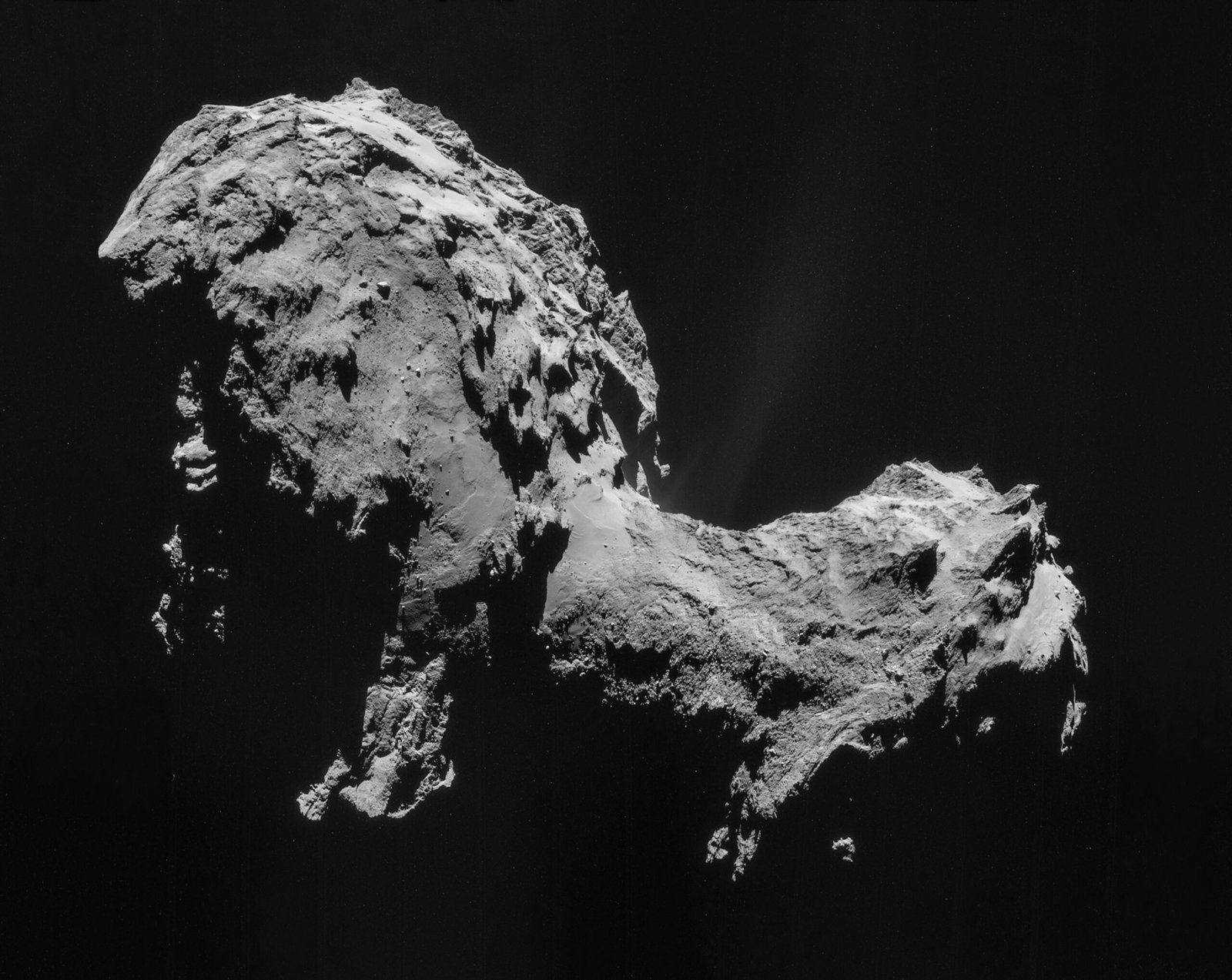
Why does 67P look like a giant rubber duck? Rosetta’s data pointed to an ancient slow-motion collision. Perhaps two smaller comets drifted together and stuck, forming the strange shape we see today. The “neck” between the lobes is a weak spot, and scientists watched nervously for signs of cracking. The comet’s structure is a snapshot of the chaotic early solar system, where collisions and mergers were common. It’s a frozen memory of a time when planets and moons were still taking shape.
Frozen Time Capsules: What Comets Reveal About the Early Solar System
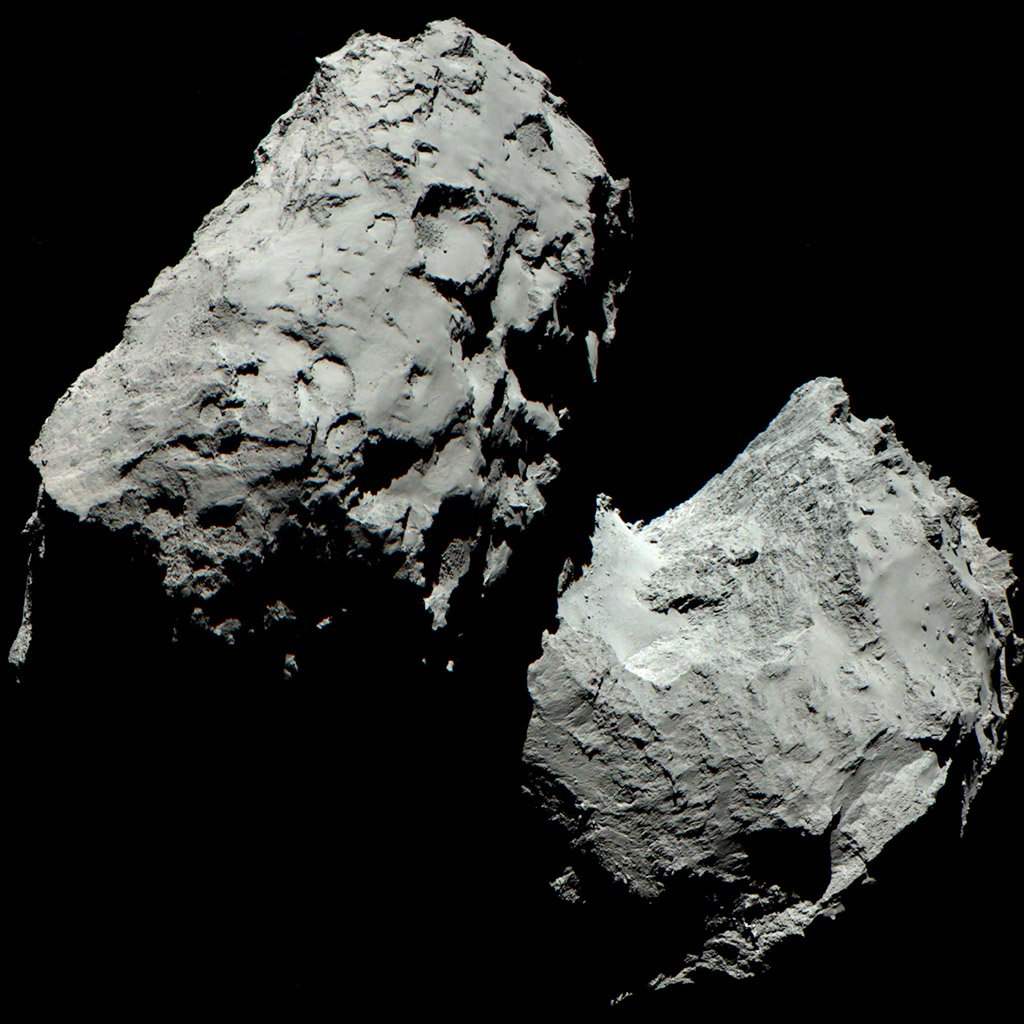
Comets like 67P are relics from the birth of the solar system—untouched by the processes that shaped planets. Their chemistry preserves clues about the nebula of gas and dust from which the Sun and planets formed. By analyzing 67P’s ice and dust, Rosetta helped scientists piece together the recipe for our cosmic neighborhood. These frozen time capsules offer a direct link to our planet’s earliest days, and possibly to the origins of life itself.
Rosetta’s Legacy: A Revolution in Comet Science
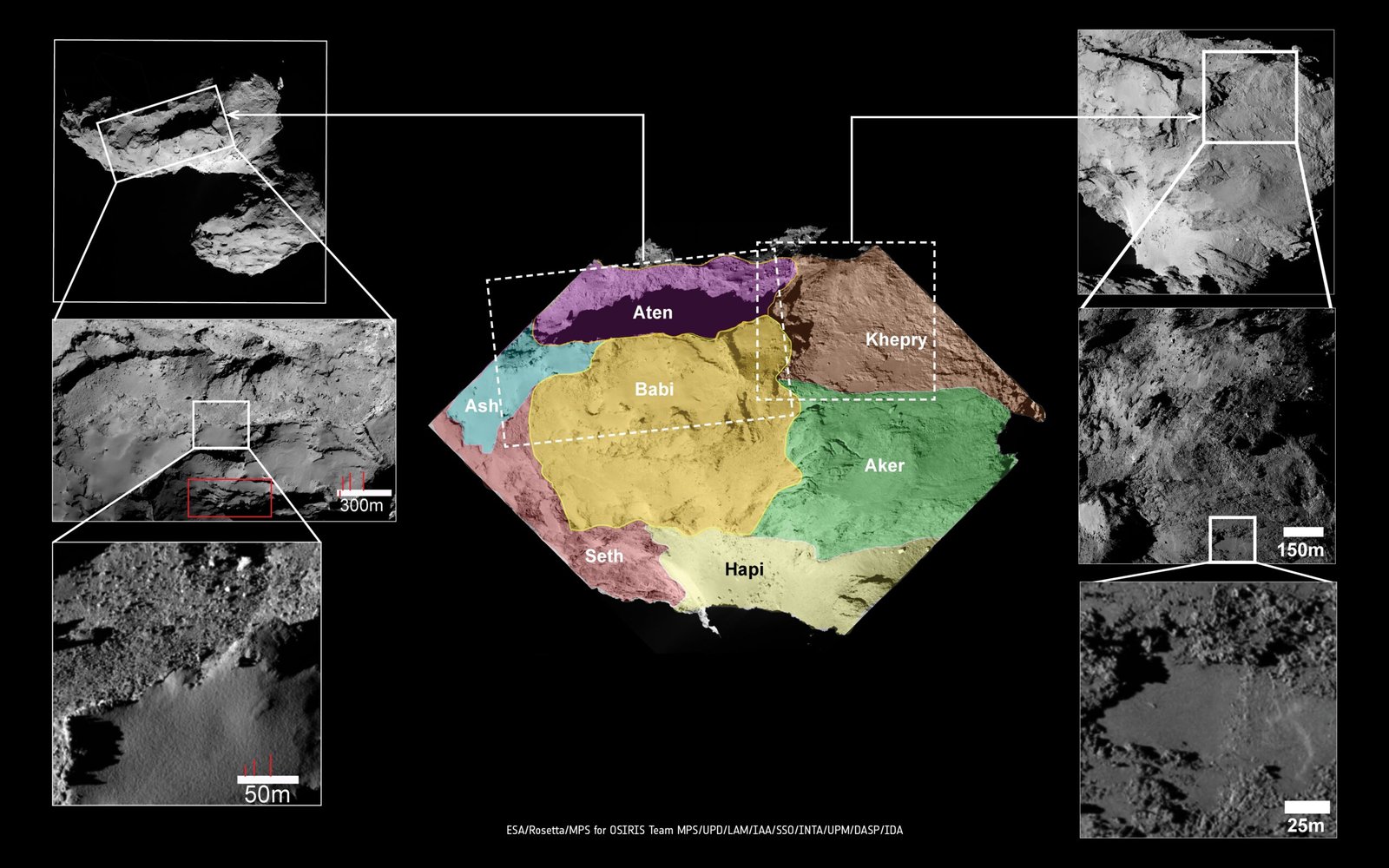
Before Rosetta, comets were largely a mystery—fleeting visitors that left more questions than answers. Now, thanks to thousands of images and mountains of data, scientists are rewriting the textbooks. Rosetta showed that comets are complex, ever-changing worlds, with chemistry that borders on the miraculous. The mission inspired new theories about water, organics, and the building blocks of life. It set the stage for future missions and sparked a new generation of comet-chasers.
The Ongoing Search for Alien Organics

Rosetta’s discoveries are just the beginning. Scientists are still sifting through the data, hunting for new organic molecules and clues about prebiotic chemistry. Each new finding adds a piece to the puzzle of how life might begin—not just on Earth, but anywhere in the universe. Comets may hold the keys to worlds we can only imagine. The search is far from over, and the next breakthrough could come from a speck of dust or a whiff of alien snow.
Looking Up: What Comet 67P Means for Us
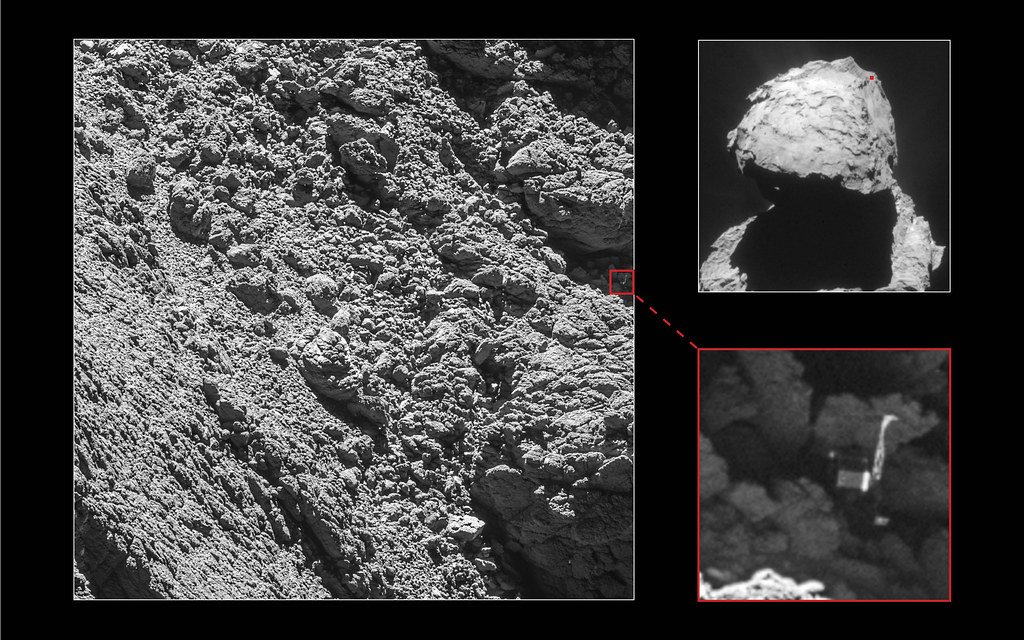
The story of Rosetta and comet 67P is a reminder that the universe is full of surprises—some waiting just beyond the next sunrise, others hidden in the darkness between the stars. These ancient travelers may have helped spark life on Earth, and they continue to inspire us to reach higher, dream bigger, and keep exploring. What secrets might the next comet reveal?

